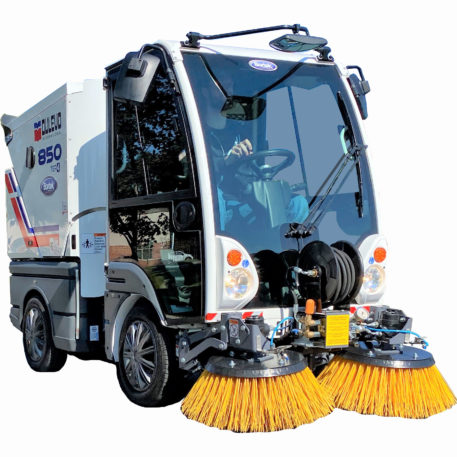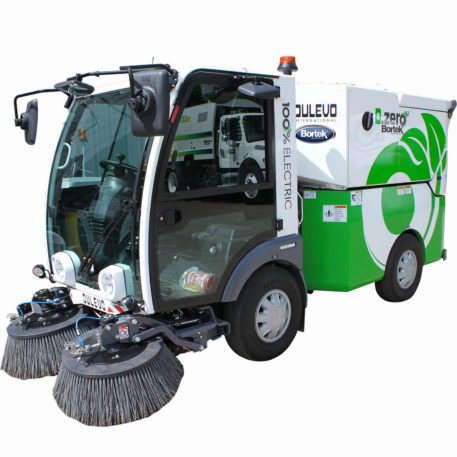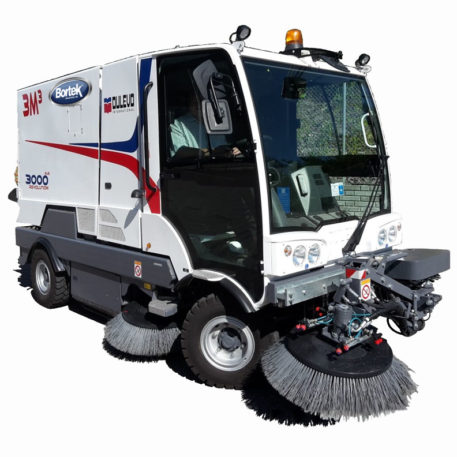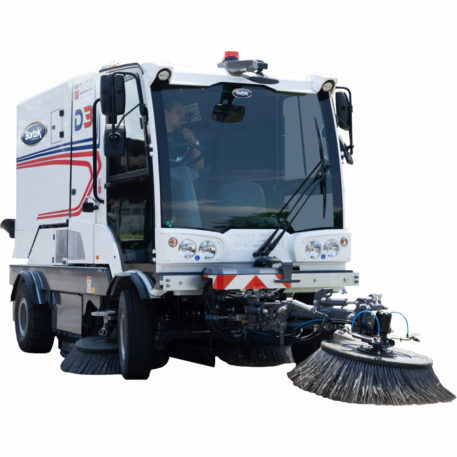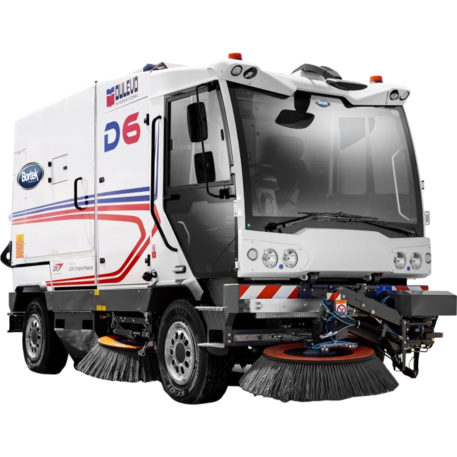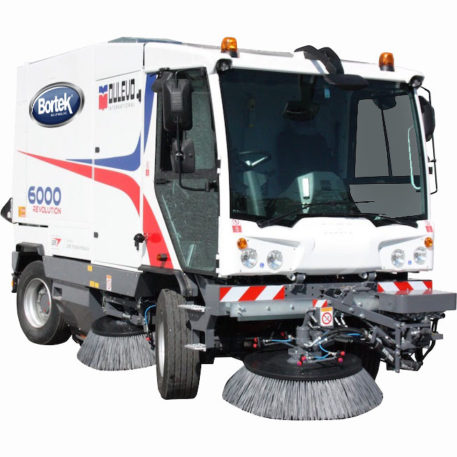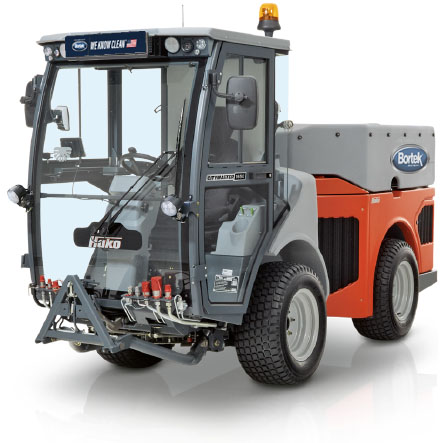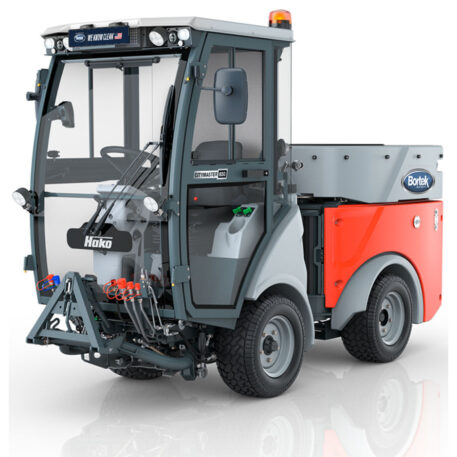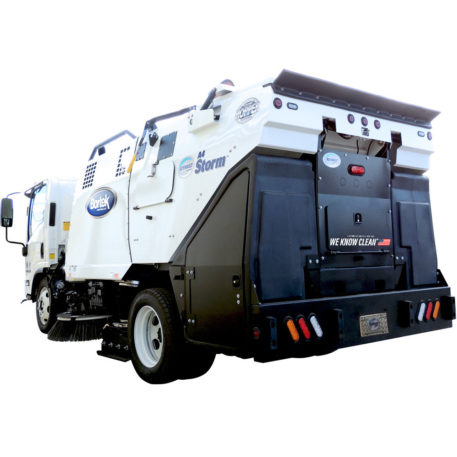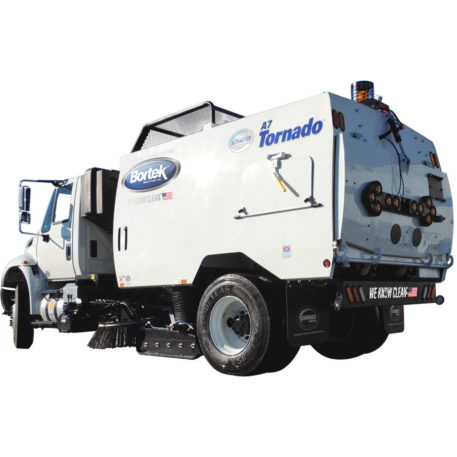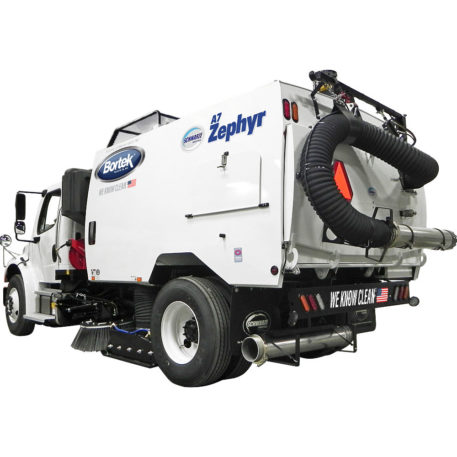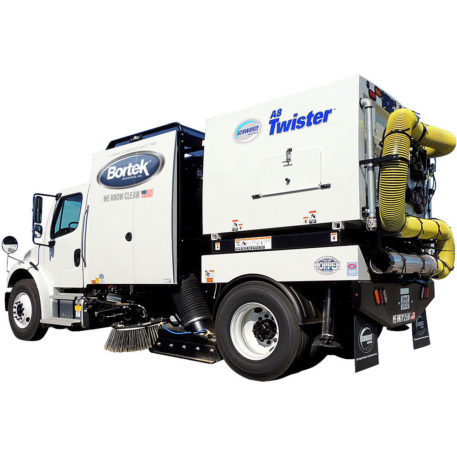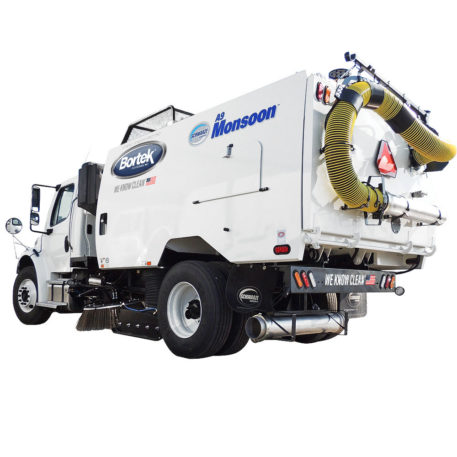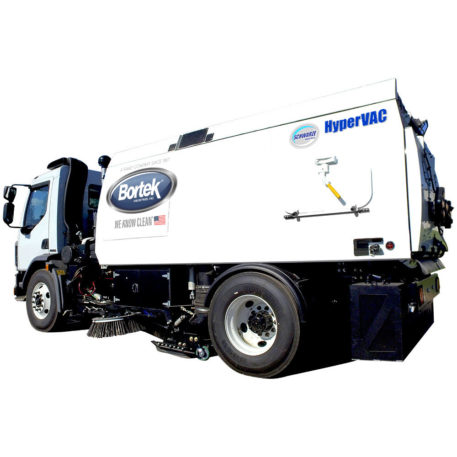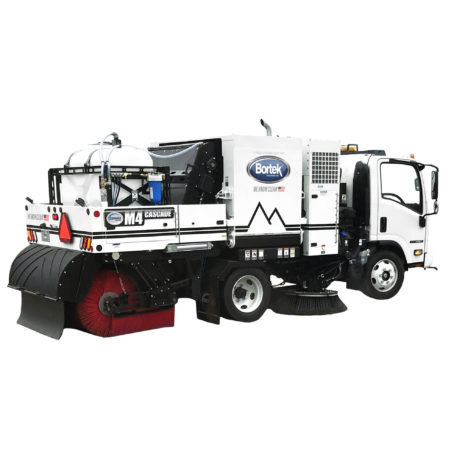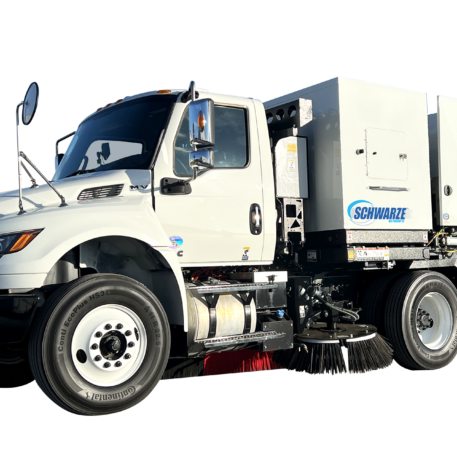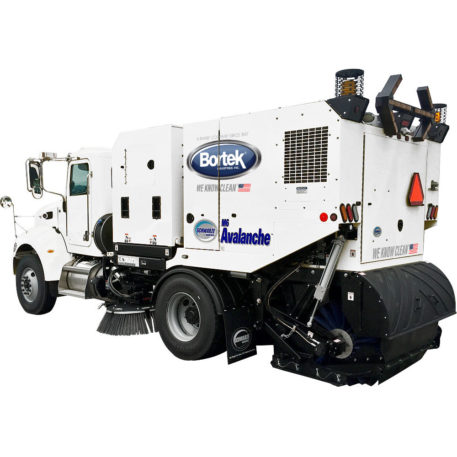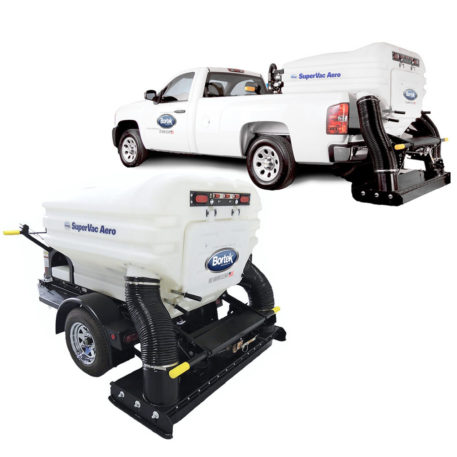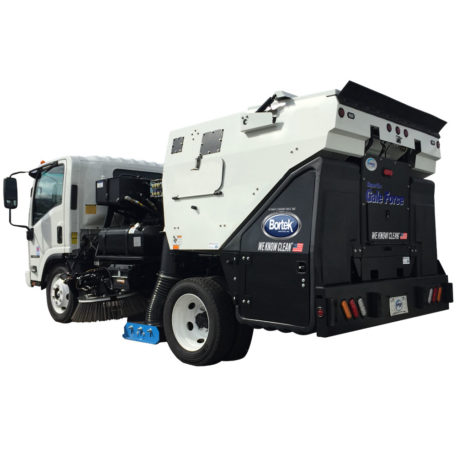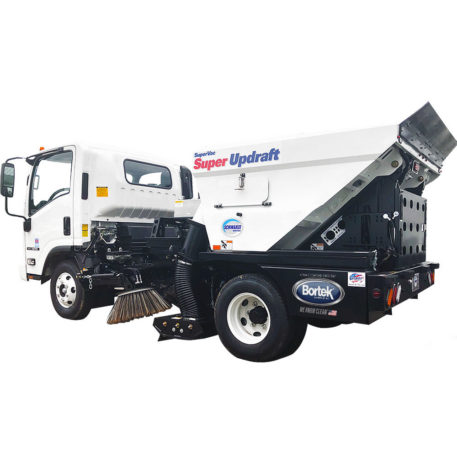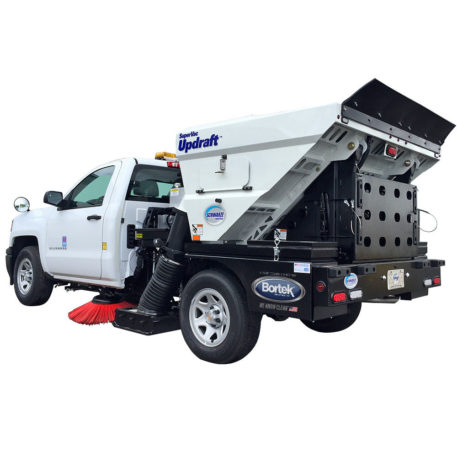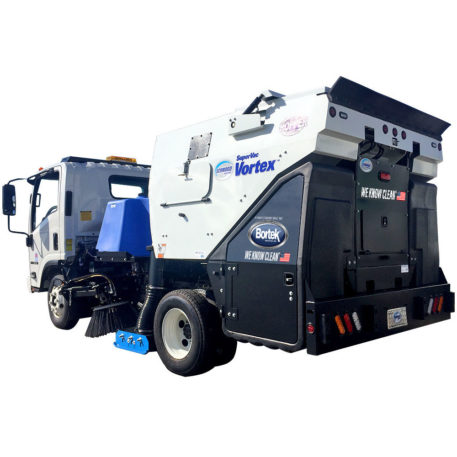
Road Maintenance Cleanup
Roads? We need roads where we’re going | Road Milling
A crucial part of our nation’s infrastructure revolves around roads. Whether commuting or transporting goods or services, we simply need them. As with anything, they wear out over time, especially with the sheer amount of use and abuse they experience daily. Factor into the normal wear and tear, the weather component. In the winter most of the US gets blanketed in snow, prompting snow management crews to hop in their large snow plow trucks and take to the roads and clear them, usually salting them while they’re at it. We think you see what we’re getting at this. Roads deteriorate over time and require relatively constant maintenance and repair.
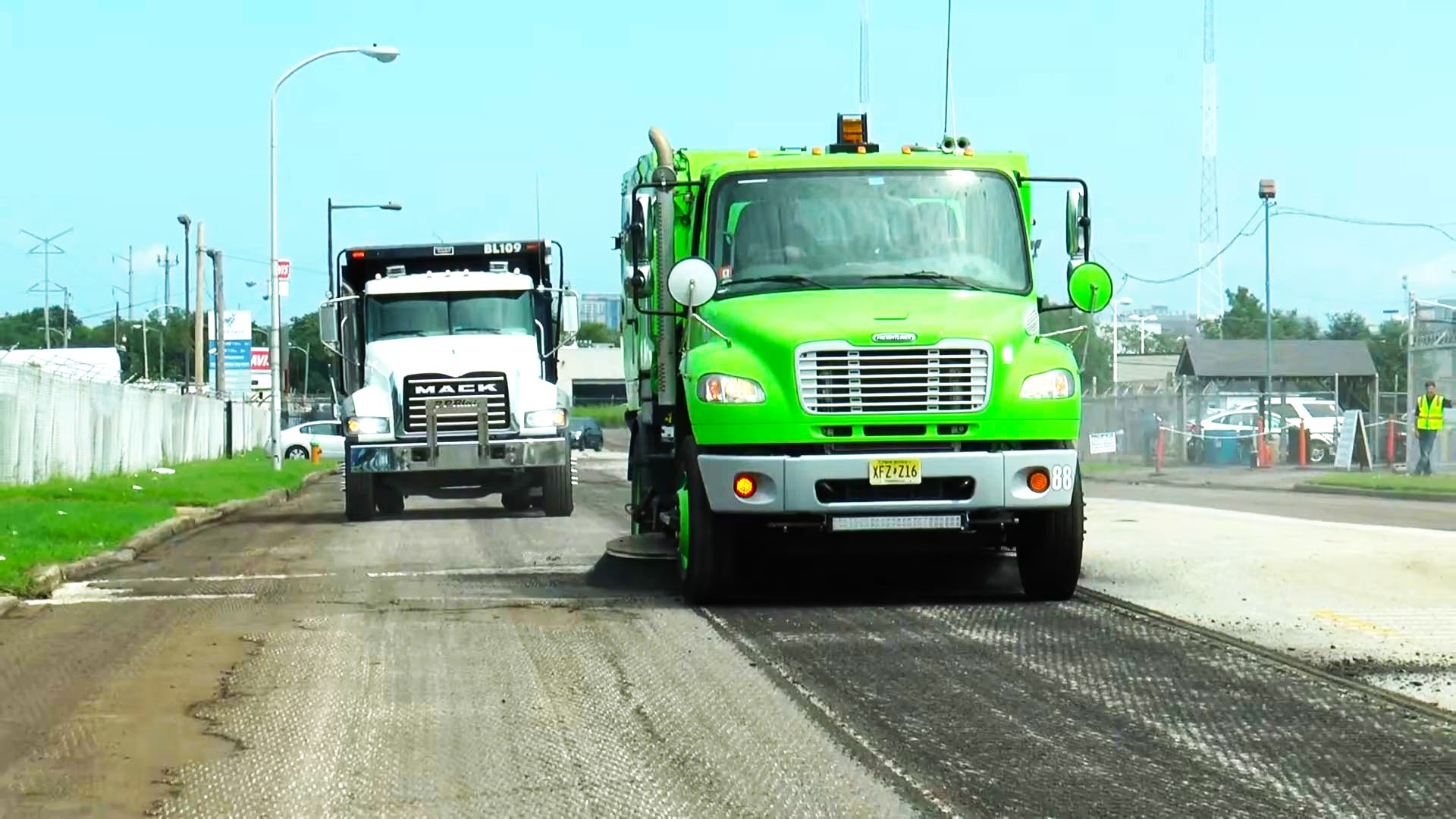
There’s a several types of road construction you’ll see while you’re out and about exploring this wonderful world of ours. We’ll keep it simple and just talk about the major ones that come to mind. We won’t get into the nitty-gritty details of ALL of the things that happen, otherwise we’ll be here all day and you’ve got stuff to do.
First, we’ve got reactive maintenance. That pretty much covers everything from filling potholes, cutting out sections of seriously damaged roads and repaving a fresh section, and simply filling in the cracks on the road with tar to keep them from spreading. These sort of things typically aren’t known about it until the public reports the problem or a public works worker happens to see it and gets the ball rolling.
Next, we’ve got repaving operations. This beast of a job requires a full lane of traffic to be shut down (and sometimes rerouted to the shoulder, if possible), a milling crew to come out and grind up about an inch or so of the road’s surface, a crew to clean up the milled debris that is left over, then the extensive repaving operation is completed, and, finally, the lines are painted. Woo, that was a long sentence, sorry ’bout that! But you get the idea, there’s a lot to get done and there’s only so much time in the day so for long stretches of road, this may cause a repaving project to take weeks or even months to complete. But woooo, when those cones are removed and that new stretch of freshly painted asphalt opens, people are almost always pleased with the end result. And there really is nothing like riding a motorcycle or driving a car on a freshly paved highway. So smooth. So quiet.
Let’s step back towards the pavement milling portion of this process. Grinding up the surface of the road allows the crews to start with a “clean slate” and a uniformly graded surface, ensuring a more consistent roadway is produced after the project. Now, while milling, the ground up asphalt/concrete gets transported up a conveyor system and either into a dump truck that’s driving slowly in front of the miller or the conveyor is angled off to the side, leaving its debris on the side of the road or work area. Both methods require cleanup to occur after the process is complete or during the operation. Cleaning the milled road is particularly crucial if that portion of the road will be opened while the other side of the road is milled. If cars and motorcycles are going to drive on a milled road, they HAVE to be cleared of as much loose gravel as possible, from a safety and liability perspective. The best way to go about this is to use a street sweeper. To make this operation as simple as possible, you can have a Schwarze M6 Avalanche Street Sweeper follow behind the milling machine and dump truck. Being a High-Side-Dump street sweeper, once it’s full, you can pull up alongside the dump truck and empty the hopper into the dump bed, then resume sweeping. Or, if you’re sweeping while there’s no available dump truck, you can take it to the designated dumping zone to take care of this. The M4HSD can travel at highway speeds so you can do this quickly and efficiently.
Using a street sweeper simply keeps this repaving operation moving. For one, it’s a much faster and more effective cleaning method than using an angle-broom system. Literally, one pass and you’ve swept up the debris and secured it into the on-board hopper system– making this stretch usable almost immediately, if that’s what the plan entails.
Spotlight Sewer Cleaning Solutions
-
The Dulevo 850 Mini Sweeper is anything but. With its 63 inch sweep path, this is the perfect sweeper to tackle bike lanes, alley ways, side walks, parking garages, or smaller, hard to reach areas in foundries or town squares. Even better, it filters dust to an extreme degree so you won’t be blowing that […]Read More
-
Dulevo’s first electric street sweeper has zero emissions of CO2, zero harmful gases, and zero dust re-introduced into the environment. And, its maneuverability and compact size allow it to sweep even narrow and crowded areas. 100% electric, 100% performance: The Dulevo D.zero² is a marvel of engineering. Unbelievable performance, fully-electric, and incredibly comfortable with all […]Read More
-
Innovative design, robust constructions, effective solutions for applications, and the unique waste hopper makes the 3000 Revolution one of the best in its class.
-
The New Dulevo D3, the new generation of the incredible Dulevo 3000 Revolution, delivers a new sweeping experience.
-
The New Dulevo D6, the new generation of the incredible Dulevo 6000, brings the latest in heavy-duty street sweeping.
-
The Dulevo 6000 Revolution Street Sweeper in a nutshell is known for its innovative design, robust construction, effective solutions for applications, and the large, unique waste hopper. This street and parking lot sweeper is the definition of cleaning perfection regardless of extreme temperatures, snow, rain, or shine. It will get the job done. Next to the typical operating spectrum […]Read More
-
The Citymaster 1650 is capable of performing multiple outdoor jobs with a single machine, thanks to its four attachment interfaces. With attachments for street sweeping, snow plowing, lawn mowing, and more this machine will get the job done every season of the year. Keep costs low by doing the work of multiple machines with just […]Read More
-
The Hako Citymaster 650 is designed as a compact implement carrier and sets new standards in the 2-t class with articulated steering, permanent all-wheel drive with a fully electronic control system and extensive features providing increased comfort and safety at work.
-
The Schwarze A4 Storm is a compact, non-CDL chassis mounted regenerative air street sweeper that is ideal for smaller towns, university campuses and large industrial complexes. Its Isuzu NPR chassis offers unmatched maneuverability, operator visibility and comfort.
-
The Schwarze® A7 Tornado™ is a heavy-duty, chassis mounted, regenerative air street sweeper with an 8.4 cubic yard hopper. The A7 Tornado™ has over 20 years of successful operation throughout the United States and around the world. The A7 Tornado is the most popular street sweeper in the Schwarze lineup. With it’s standard high flow […]Read More
-
The Schwarze A7 Zephyr is is specifically designed and certified by the FAA for high-speed runway sweeping. The broom assist pickup head can be positioned at a windrow angle. Optional fixed or rotating side blast nozzles blow lighter debris. Poly, rather than steel, side brooms are standard.
-
The Schwarze A8 Twister is remarkable for its ability to empty its hopper anywhere from 2′ to 12′ high. Easy side emptying into dump trucks makes the Twister perfect for roadway construction work. Or dump a bit lower into roll off containers without spillage. Perfect for cities that stage containers at strategic locations rather than […]Read More
-
At 9.6 cubic yards the Schwarze A9 Monsoon provides one of the largest hopper capacity of any regenerative air street sweeper. Its 10′ overall height operates below the tree canopy, yet exceeds the capacities of all others in its class with a 134 HP auxiliary engine, 56 degree dump angle, 44″ gutter brooms, up to […]Read More
-
The Schwarze HyperVac takes full vacuum street sweeping to a whole new level with its exclusive Surface Scrubbing Technology. Three disk type brooms replace the traditional belly broom to provide extraordinary surface cleaning while eliminating the expensive effect of broom coning and transfer broom carry-over. At a mere 10′ overall height, it operates below the […]Read More
-
The M4 Cascade has many features of the popular M6 Avalanche, but in a smaller, non-CDL unit. The M4 Cascade was designed based on feedback from contractors and municipalities who needed a mechanical sweeper that can be operated without a CDL. The M4 keeps the performance of the M6 and just scales down the size.
-
The Schwarze M5 Torrent SE is a rugged, non-CDL mechanical sweeper designed for municipalities and contractors who need a powerful solution without requiring a commercial driver’s license.
-
The Schwarze M6 Avalanche is a rugged, full feature chassis mounted mechanical street sweeper ready to take on the toughest sweeping tasks. Whether it’s highway milling operations, DOT highway maintenance or municipal Spring cleanup, the Avalanche is the right choice. This is a no-nonsense workhorse that will not disappoint.
-
The Schwarze SuperVac Aero is an economical regenerative air sweeper designed to slide into a 1/2 ton pickup bed or be trailer mounted. It sweeps a 78″ path and operates in both forward and reverse. The pickup head rides on two tungsten carbide skids. A large, 2.0 cubic yard polyethylene hopper reduces dumping time. A […]Read More
-
The Schwarze SuperVac Gale Force, mounted on a gas or diesel powered cab over chassis, has a durable, fully welded stainless steel hopper that is high corrosion & abrasion resistance with increased structural strength.
-
The Schwarze SuperVac Super Updraft is a low-profile pickup mounted sweeper perfectly sized for congested surface lots and narrow city or campus streets. Its 3.0 cubic yard hopper is constructed of welded stainless steel and dumps at 69″, easily emptying into standard 4 and 6 cubic yard dumpsters and nearly all roll offs. Ford and […]Read More
-
The Schwarze SuperVac Updraft is a half ton pickup mounted sweeper perfectly sized for municipal parking decks, congested surface lots and narrow city or campus streets. It’s 2.0 cubic yard hopper is constructed of welded stainless steel and dumps at 67″, easily emptying into standard 4 and 6 cubic yard dumpsters and nearly all roll […]Read More
-
Taking parking area sweeping to the next level, the Schwarze SuperVac Vortex offers a huge 4.8 cubic yard hopper and a 6’6″ dump height, eclipsing all others in its class. The standard 93 gallon dust suppressing water capacity can be increased to 159 gallons. Left and right side hopper inspection doors are standard as is […]Read More

